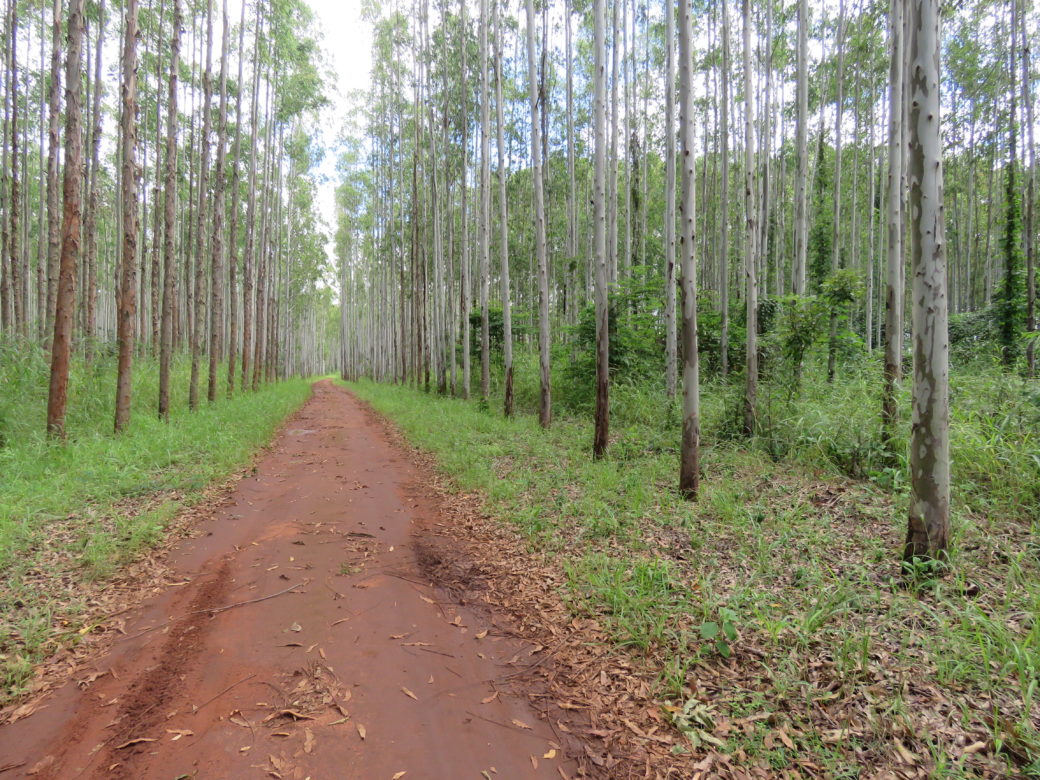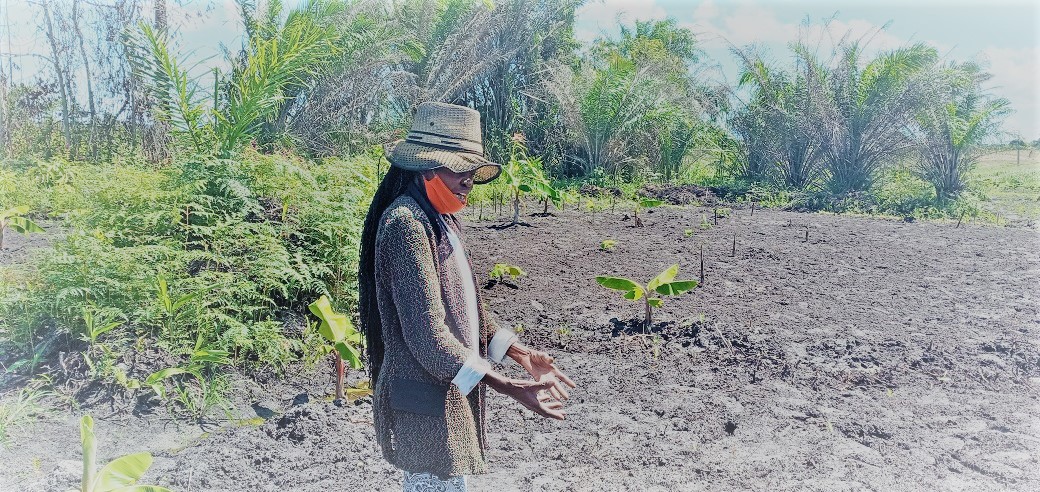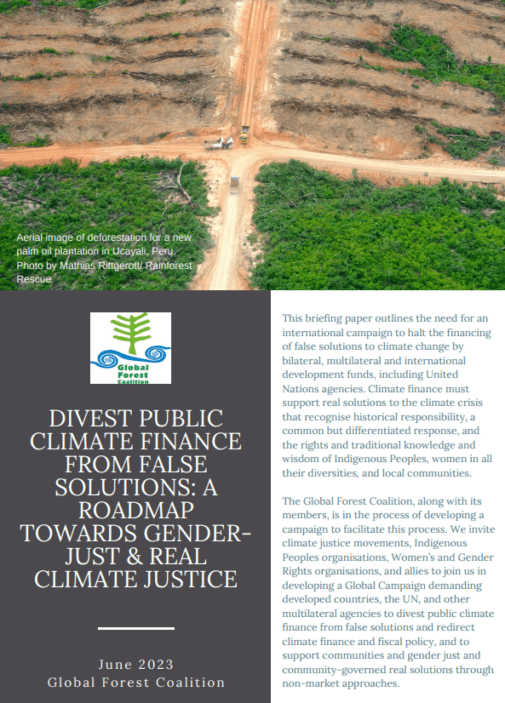AFR100: ¿Impulsando la expansión de las plantaciones comerciales de árboles en África?

Los compromisos asumidos para la Iniciativa de Restauración del Paisaje Forestal Africano (AFR100) podrían duplicar la escala de las plantaciones comerciales de árboles en todo el continente.
Pledges made towards the African Forest Landscape Restoration Initiative (AFR100) could result in nearly doubling the scale of commercial tree plantations across the continent.
AFR100 is an Africa-wide initiative aiming to restore 100 million hectares of degraded forest land by 2030, and pledges from 30 countries have now exceeded the target by more than 25 million hectares. It was launched in 2015 at the Paris Climate Summit as one of four initiatives contributing to the Bonn Challenge, and has recently completed phase one of its implementation (2015-2020), which aimed to mobilize African governments and other stakeholders to participate in the initiative. Phase two (2020-2030), where most of the actual restoration work will take place, aims to support the implementation of the pledges and the initiative is now hoping to leverage US$100 billion to achieve the targets pledged. AFR100 is therefore at a key juncture: the promises made must now be implemented.
Removing carbon from the atmosphere through restoring forests and other ecosystems is vital to tackling the climate crisis, and initiatives like AFR100 can play an important role in this. Many of the projects associated with AFR100 and the momentum it has created are clearly making highly valuable contributions to landscape restoration. However, the projects showcased on the AFR100 website together account for less than one percent of the total commitment made, highlighting just how much implementation there is still to do. Further still, AFR100’s multi-stakeholder approach and emphasis on public-private partnerships and leveraging private sector investment leaves the door open to corporate capture. It is no surprise therefore that significant emphasis has been placed on commercial tree plantations in national-level pledges.
Half of the 30 participating countries currently have targets involving commercial plantations that fall within or are concurrent with their AFR100 pledges. Put together, these involve over 4.5 million hectares of commercial tree plantation expansion, and 770,000 hectares of improved plantation management. This is equivalent to a 91% increase in land area currently occupied by commercial plantations in Africa, and would need to be implemented at an alarming rate—nearly half a million hectares a year. This compares to an estimated 125,000 hectares of commercial forest plantation expansion to have taken place in total over the past two decades.
These figures for plantation expansion are likely to be significant underestimates given that more than half of the 30 participating countries have not yet published forest landscape restoration (FLR) strategies or other relevant national plans. On top of this, many pledges also rely heavily on other kinds of plantations, often described as “woodlots” or “agroforesty plantations”, which are wide-ranging terms but can have similar impacts.
Alongside targets for commercial tree plantation expansion are also a number of targets for boosting private sector control over public forest lands. For example, Rwanda’s government aims to allocate 80% of public forest plantations to private operators (from a baseline of 14%), Togo has a similar target of 62%, and Tanzania aims to increase private-sector managed tree plantations by 100,000 hectares. Numerous other countries also aim to boost private sector involvement in commercial timber and energy plantations through public-private partnerships.
With AFR100 implementation now ramping up, the extent to which commercial tree plantations feature in FLR strategies and the emphasis on private-sector involvement are a great concern going forward. Although restoration approaches are hugely varied, private investment is likely to focus on schemes which generate a profit, making commercial tree plantations (and offsetting) likely favourites. In addition, a clear lack of monitoring capacity (the AFR100 Mid-Term review states that “without a monitoring system, negative outcomes are hard to detect”) and transparency across the scheme are also cause for concern, as these two factors make it extremely hard for civil society to monitor what is happening on-the-ground, and to independently assess what is being implemented.
The only publicly-available means of monitoring implementation currently is through the Bonn Challenge Barometer, and this newly-implemented country-level assessment of progress towards pledges made in 2011 sets a worrying trend. Two AFR100 countries have so far carried out the Barometer: “Planted forests and woodlots” so far account for 82% of Madagascar’s 1.5 million hectares of “restoration”, and almost 50% of Rwanda’s 700,000 hectares.
This briefing analyzes three case studies on pledges and projects contributing to AFR100 that involve commercial tree plantations, and where private companies are benefiting from public finance that should be used to regenerate and restore forests to sequester carbon sustainably. These case studies also allow us to gain a better understanding of what a 76% increase in commercial plantations could look like across the continent, should the initiative’s targets be achieved.
Keep reading: download the briefing (2.1MB)








